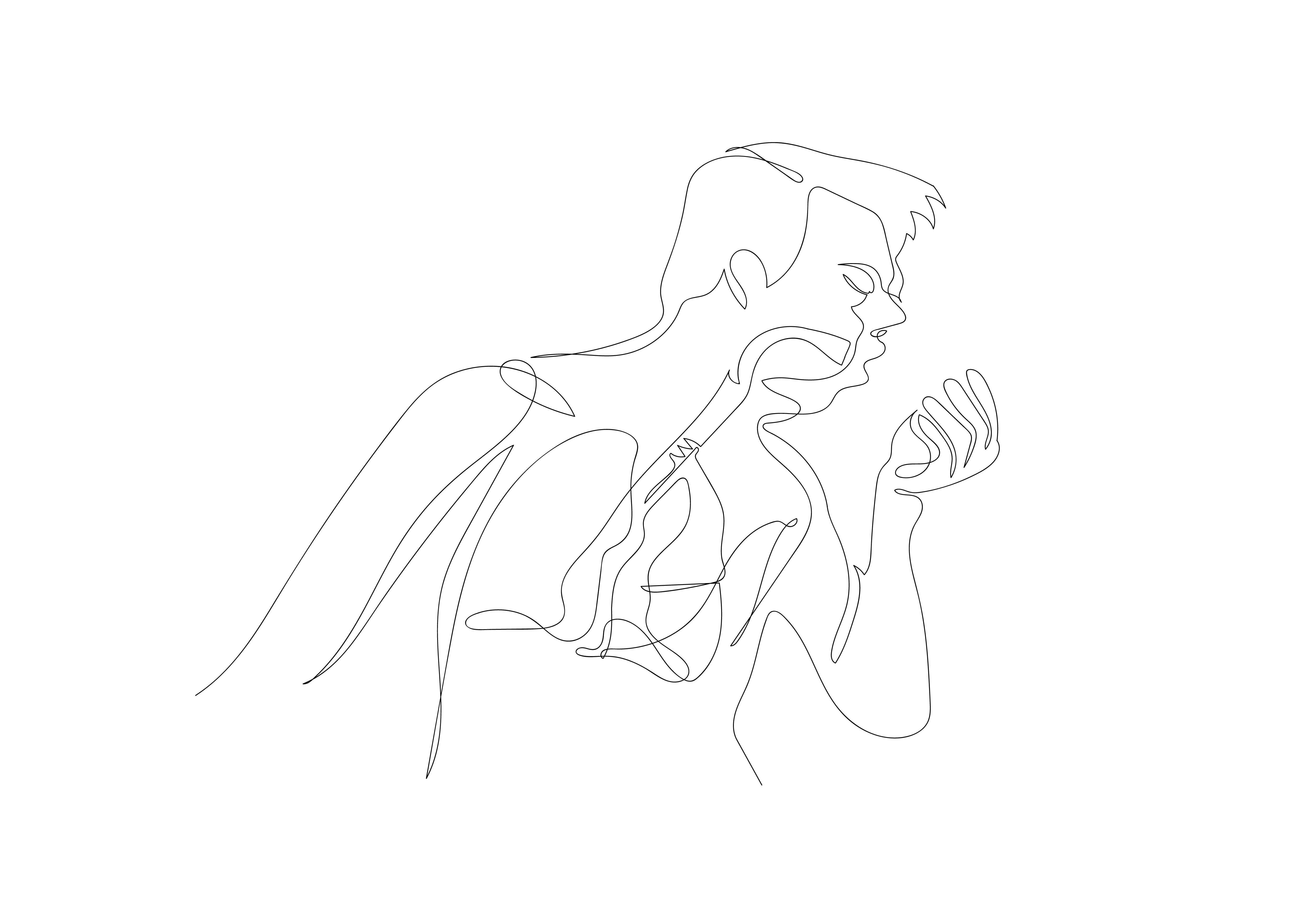
Dynamic MRI of lungs using perfluorinated gas mixtures
Unmet Need
Chronic obstructive pulmonary disease (COPD) is the 3d leading cause of death in the US. It has consistently increased in frequency over the past 4 decades, currently including 15-20 million diagnosed cases. COPD is characterized by airflow limitation that is not fully reversible, it includes both emphysema and small airway disease. There is no clear way of early identification of COPD, before significant airflow obstruction and clinical impairment takes place. Current widely available diagnostic imaging methods include x-ray computer tomography, which offers exquisite anatomic detail but not function, and nuclear techniques such as scintigraphy, which do provide regional information but at low resolution. These modalities deliver ionizing radiation, which limits their repeat use in patients. More recently, the emergence of hyperpolarized gas MRI using the stable isotopes 3He and 129Xe has offered hope for non-invasive, regional assessment of lung function coupled with conventional MRI to assess structure. Unfortunately, this technology is expensive, has been slow to disseminate commercially, and is technically challenging to implement in a routine clinical setting. It is clear that improved methods to assess pulmonary function regionally and noninvasively are needed.
Technology
Duke researchers invented the method and developed the system that uses perfluorinated gases (PFx) mixed with oxygen as new imaging biomarkers during MRI that allow capturing regional ventilation information in patients. PFx agents attain a relatively high thermal polarization exceptionally quickly, and deliver strong magnetic resonance signal, enabling near real-time imaging of ventilation dynamics with a quality similar to that of hyperpolarized gas MRI, but at lower cost and with greatly reduced technical complexity. With the rapid signal acquisition, the patient will be able to passively inhale and exhale the gas mixture while being imaged, without the need to hold their breath for prolonged time.
Advantages
- Allows for near real-time imaging of ventilation dynamics.
- Well-tolerated, radiation-free technique with no known anesthetic effects in healthy volunteers and patients with lung disease.
- Was successfully used to sensitively detect mild cystic fibrosis lung disease in clinical trials.